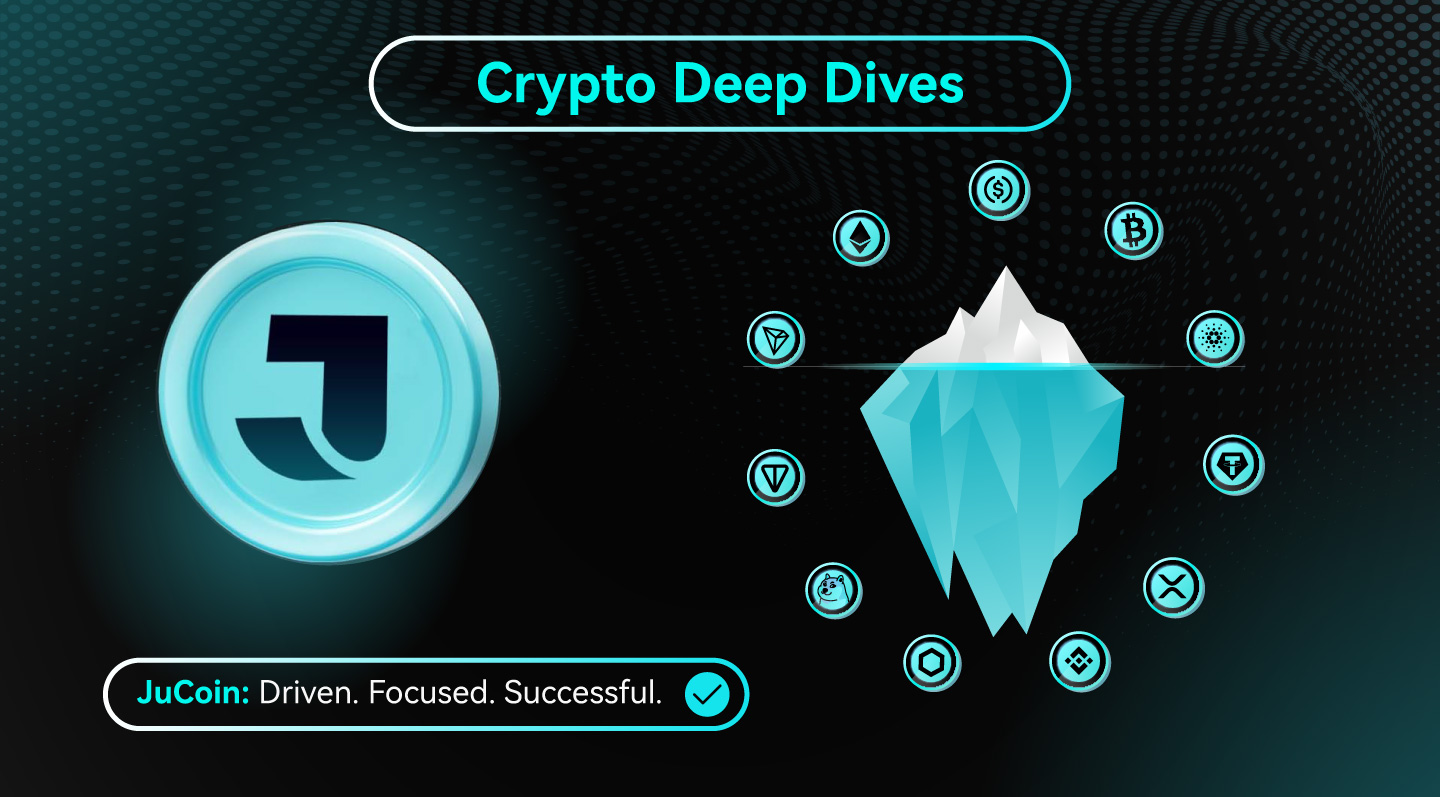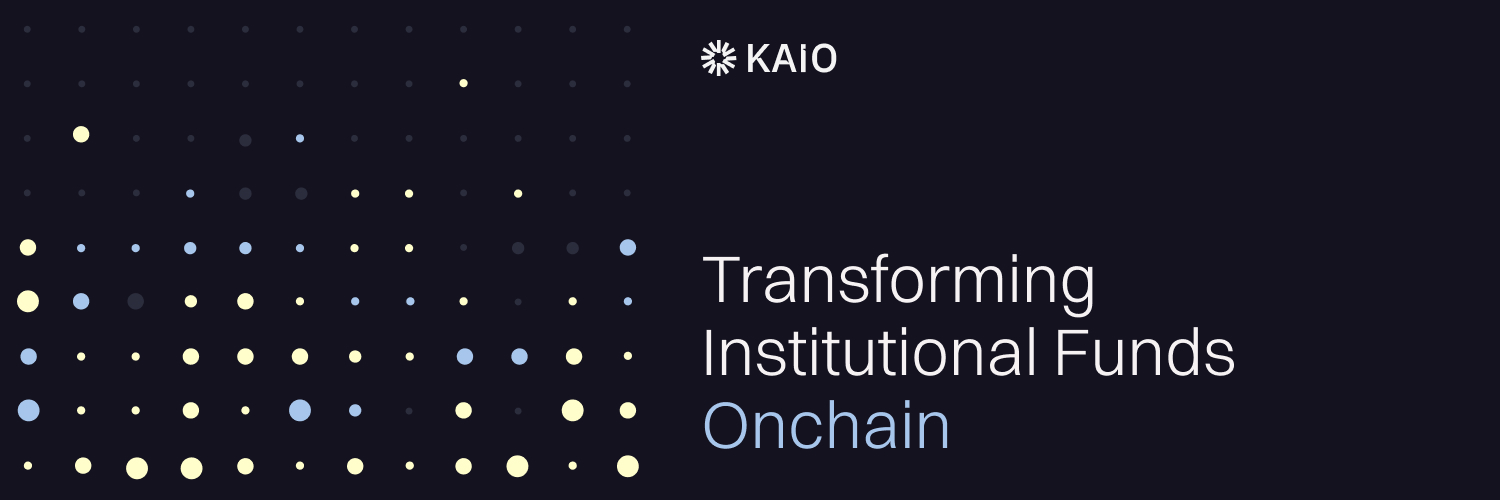
A quiet revolution is underway as institutional capital moves onchain. This Crypto Deep Dives article explores how KAIO (formerly Libre Capital) is driving the evolution of onchain capital markets by making institutional funds programmable, interoperable, and compliant across public blockchains. The rebrand marks more than a new name—it signals the emergence of RWA 2.0, where real-world assets and DeFi finally converge. Here’s what’s changing, why it matters, and how KAIO could define the next era of capital markets.
Summary:
KAIO, the rebrand of Libre Capital, is pioneering onchain capital market infrastructure by tokenizing institutional funds and forging major partnerships. Backed by Laser Digital (Nomura), Chainlink, LayerZero, and more, KAIO enables cross-chain, compliant, and composable financial products. Its RWA 2.0 approach makes traditional yield-bearing assets DeFi-native, unlocking programmable strategies and global liquidity for institutional investors.
Why Did Libre Capital Become KAIO? What’s Changed?
KAIO is the evolution of Libre Capital, a platform that has already tokenized more than $200 million in assets from major institutional players like BlackRock and Brevan Howard. Originally, Libre mirrored traditional funds onchain, allowing accredited investors to subscribe and transfer tokenized fund positions across blockchains.
The rebrand to KAIO is not cosmetic:
-
KAIO’s new focus is building infrastructure for composable, DeFi-ready capital markets.
-
Institutional funds are now issued as tokens designed to plug directly into DeFi—lending, borrowing, yield protocols, and more.
-
The platform’s vision, called “RWA 2.0,” is about turning regulated assets into programmable DeFi primitives that work across chains and unlock new liquidity channels.
COO Olivier Dang summed it up:
“RWA 2.0 is about strategy, not just storage. KAIO’s goal is to create a space where real-world and crypto yields enhance each other.”
How Does KAIO Enable Institutional-Grade Yield Onchain?
A core pillar of KAIO’s roadmap is its deep partnership with Laser Digital (Nomura’s digital asset arm, licensed by Dubai’s VARA). Together, they’ve launched a $100 million Bitcoin yield fund—the kind of compliant, institutional-grade product that bridges TradFi and DeFi.
-
Laser Carry Fund (LCF):
-
Market-neutral strategy capturing digital asset yield opportunities.
-
Managed by Laser Digital for risk, compliance, and market execution.
-
Available natively on Sui and Avalanche, with plans for further expansion.
-
This model brings institutional yield products onchain, accessible to accredited investors via stablecoins or fiat, and fully compatible with DeFi integrations.
Authoritative Source: CoinDesk: Nomura’s Laser Digital and Libre Tokenize $100M BTC Fund
Cross-Chain, Omnichain, and Data Integrity: KAIO’s Key Tech Integrations
1. LayerZero:
KAIO will leverage LayerZero’s omnichain messaging standard, allowing assets to move and maintain unified supply across 120+ chains. This means no liquidity fragmentation—institutions can deploy or transfer fund tokens securely, instantly, and compliantly.
2. Chainlink:
Chainlink powers KAIO’s cross-chain interoperability with CCIP, Proof of Reserve, and Smart Data:
-
Fund tokens on KAIO can represent assets managed by BlackRock, Laser Digital, and more.
-
Chainlink’s infrastructure provides onchain NAV and reserve data, enabling DeFi protocols to build on verified asset info.
3. Privacy & Compliance (RISC Zero):
Zero-knowledge technology preserves privacy for institutional investors while maintaining regulatory standards. This allows onchain fund access, compliant credentialing, and KYC without compromising data protection.
4. Network Ecosystem:
-
Sui: Onchain fund access and transparent position viewing.
-
TON: First tokenized Telegram Bond Fund ($500M).
-
Avalanche: High-speed tokenization for scalable DeFi use.
-
Polygon, Solana, Aptos, NEAR: Cross-chain reach and DeFi integrations.
Authoritative Source: The Block: Libre Capital Integrates Chainlink for RWA Data
What Sets KAIO Apart? Five Pillars of RWA 2.0
| Pillar | What It Means for Investors |
|---|---|
| Regulated Access | Licensed fund managers, compliance-first approach |
| Omnichain Liquidity | Assets move across major networks freely |
| DeFi Composability | Tokenized funds = building blocks for new strategies |
| Real-World Yield | Money market funds, private credit, and bonds onchain |
| Interoperability | Expanding to Sui, Avalanche, TON, and more |
Key Benefits & Strategic Use Cases
-
Lending & Collateralization:
KAIO’s tokens can serve as DeFi collateral, powering lending, borrowing, and yield aggregation across platforms. -
Automated Risk Management:
Real-time, onchain reserve/NAV data via Chainlink enables automated and transparent risk controls. -
Compliant Global Access:
Accredited investors can subscribe or redeem via onchain gateways, with full regulatory compliance. -
Programmable Yield:
Institutional assets now support automated strategies, cross-chain arbitrage, and synthetic product creation.
Why Does It Matter? The Future of Onchain Capital Markets
The appetite for tokenized assets is rapidly growing among institutions. Yet, regulatory and technical barriers have held back mainstream adoption. KAIO’s approach—regulated fund managers, omnichain infrastructure, data transparency, and composability—solves these pain points.
Industry research shows:
-
Over 75% of global institutions believe tokenization will transform asset management (Boston Consulting Group).
-
The RWA sector has topped $8B in onchain value in 2025 (DeFiLlama RWA dashboard).
KAIO positions itself as the backbone for a compliant, interoperable financial future where real-world and digital asset yields merge.
FAQ: KAIO and Onchain Capital Markets
1. What is KAIO’s main innovation in RWA tokenization?
KAIO turns institutional funds into programmable DeFi building blocks, enabling compliant, cross-chain strategies and onchain liquidity for accredited investors.
2. How does KAIO ensure regulatory compliance?
Funds are managed by licensed partners like Laser Digital, and all onboarding/offboarding follows strict KYC and local regulations.
3. Can KAIO’s tokenized funds be used across blockchains?
Yes. LayerZero and Chainlink enable omnichain asset movement, supporting over 120 blockchains and eliminating liquidity silos.
4. What types of assets can be tokenized with KAIO?
KAIO supports money market funds, private credit, Bitcoin yield products, and even corporate bonds like the Telegram Bond Fund.
5. How do institutions access KAIO’s products?
Through onchain gateways, institutions can subscribe with fiat or stablecoins and redeem tokens seamlessly.
6. What role does Chainlink play in KAIO’s platform?
Chainlink provides onchain proof-of-reserve and NAV data, powering automated DeFi strategies and increasing transparency.
7. Is user privacy protected?
Yes. KAIO leverages zk technology (e.g., RISC Zero) to offer privacy-preserving, regulatory-compliant onchain credentials.
Key Takeaways
-
KAIO rebrands Libre Capital to power programmable, compliant capital markets onchain.
-
Strategic partnerships include Laser Digital, Chainlink, LayerZero, Sui, TON, and Avalanche.
-
Enables omnichain movement, composable DeFi strategies, and real-world yield onchain.
-
Cross-chain data integrity and privacy tech set new industry standards for RWA.
-
KAIO’s approach is redefining institutional access to DeFi for a global audience.
Conclusion
As regulatory clarity advances and tokenized assets move into the mainstream, KAIO is staking its claim as the foundation for onchain capital markets. The platform fuses TradFi rigor with DeFi composability, offering a regulated, omnichain, and programmable future for institutional assets. For investors, builders, and protocols alike, KAIO is the next leap in real-world asset tokenization and capital market evolution—unlocking new opportunities for yield, liquidity, and innovation across the global financial system.







